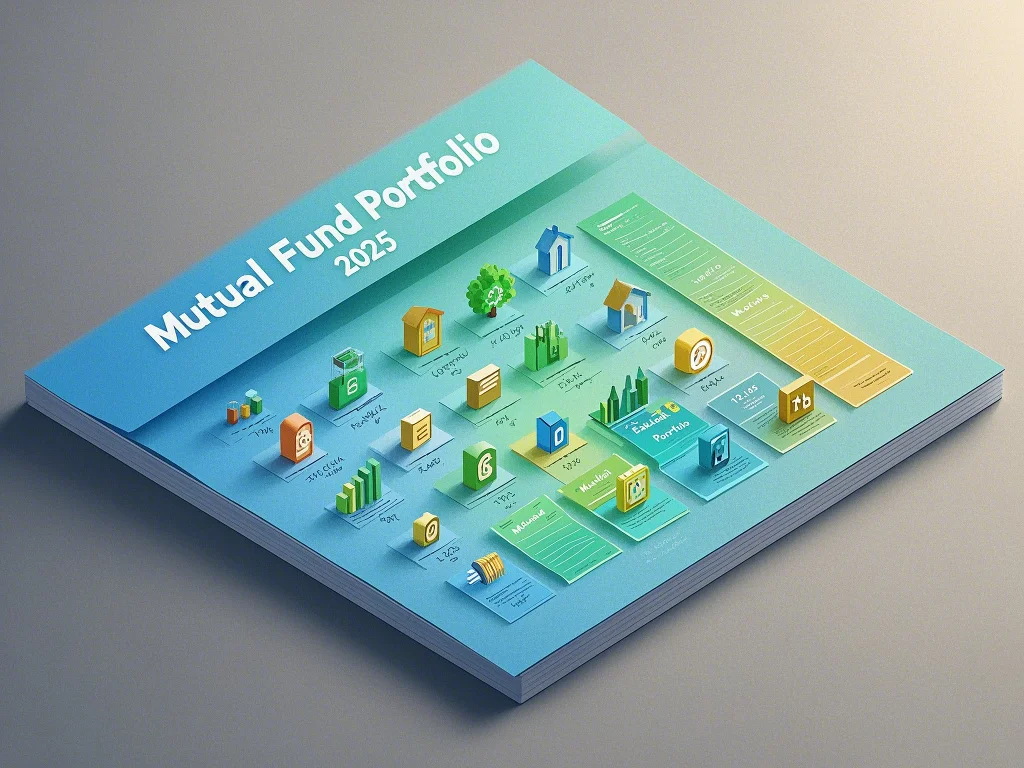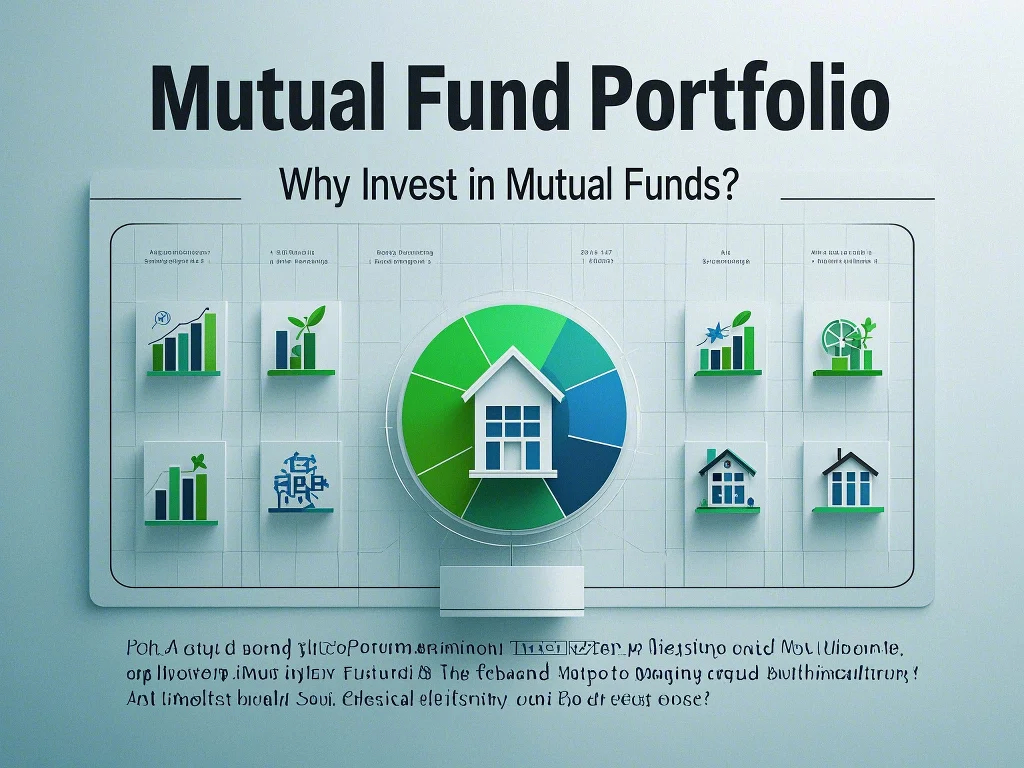Understanding the Basics of Bond Portfolio Management
Building a diversified bond portfolio is a cornerstone of achieving long-term financial stability. The first step in this process is understanding the fundamentals of bond portfolio management. This involves selecting a mix of bonds that can provide steady income while mitigating risks. Bonds, as fixed-income securities, offer predictable returns, but their performance can vary based on interest rates, credit quality, and market conditions. A well-managed bond portfolio balances these factors to ensure consistent returns over time.
One of the key aspects of bond portfolio management is diversification. By spreading investments across different types of bonds, such as corporate bonds and treasury bonds, investors can reduce the impact of any single bond's poor performance. Treasury bonds, issued by the government, are considered low-risk and provide a safe haven during market volatility. On the other hand, corporate bonds, issued by companies, typically offer higher yields but come with increased credit risk. Balancing these two types of bonds can help achieve a stable and risk-adjusted return.
The Role of Fixed-Income Funds in Diversification
Another effective way to build a diversified bond portfolio is through fixed-income funds. These funds pool money from multiple investors to purchase a wide range of bonds, providing instant diversification. Fixed-income funds can include government bonds, municipal bonds, and corporate bonds, offering exposure to various sectors and credit qualities. This approach is particularly beneficial for individual investors who may not have the resources to build a diversified portfolio on their own.
Fixed-income funds also offer professional management, which can be a significant advantage. Experienced fund managers have the expertise to analyze market trends, assess credit risks, and adjust the portfolio accordingly. This active management can lead to better risk-adjusted bond returns, as managers can capitalize on market opportunities and avoid potential pitfalls. For investors seeking a hands-off approach to bond investing, fixed-income funds are an excellent option.

Balancing Risk and Reward with Corporate Bonds
When it comes to achieving higher returns, corporate bonds play a crucial role in a diversified bond portfolio. These bonds are issued by companies to raise capital and typically offer higher interest rates compared to government bonds. However, they also come with higher risks, as the financial health of the issuing company can impact the bond's performance. To manage this risk, investors should carefully evaluate the credit ratings of corporate bonds and diversify across different industries.
Investing in corporate bonds requires a thorough understanding of the company's financial statements, industry position, and growth prospects. Bonds issued by well-established companies with strong credit ratings are generally safer but may offer lower yields. Conversely, bonds from smaller or less stable companies, often referred to as high-yield or junk bonds, can provide higher returns but come with increased risk. Balancing these factors is essential for achieving long-term stability while maximizing returns.
The Safety of Treasury Bonds in a Volatile Market
In times of market uncertainty, treasury bonds are a reliable option for preserving capital. These bonds are backed by the full faith and credit of the U.S. government, making them one of the safest investments available. Treasury bonds are particularly appealing during periods of economic instability, as they tend to perform well when other asset classes, such as stocks, are underperforming.
Including treasury bonds in a diversified portfolio can provide a cushion against market volatility. While they may not offer the high returns of corporate bonds, their stability and predictability make them an essential component of a long-term investment strategy. Additionally, treasury bonds can be used to balance the riskier elements of a portfolio, such as high-yield corporate bonds or equities, ensuring a more stable overall performance.
Maximizing Returns with Risk-Adjusted Bond Strategies
To achieve the best possible outcomes, investors should focus on risk-adjusted bond returns. This approach involves evaluating the potential returns of a bond investment relative to the risks involved. By prioritizing bonds that offer higher returns for a given level of risk, investors can optimize their portfolio's performance. This requires a careful analysis of factors such as interest rate risk, credit risk, and market conditions.
One effective strategy for maximizing risk-adjusted returns is laddering. This involves purchasing bonds with different maturity dates, which helps to spread out interest rate risk and provides a steady stream of income over time. Another strategy is to invest in bonds with varying credit qualities, balancing higher-yield, higher-risk bonds with safer, lower-yield options. By employing these strategies, investors can build a bond portfolio that delivers consistent returns while minimizing potential losses.
Conclusion: Building a Stable and Diversified Bond Portfolio
Creating a diversified bond portfolio is a powerful way to achieve long-term financial stability. By understanding the principles of bond portfolio management, leveraging fixed-income funds, and balancing the risks and rewards of corporate bonds and treasury bonds, investors can build a resilient portfolio that withstands market fluctuations. Additionally, focusing on risk-adjusted bond returns ensures that the portfolio delivers optimal performance over time. With careful planning and strategic investment, a diversified bond portfolio can provide steady income and long-term growth, making it an essential component of any investment strategy.
